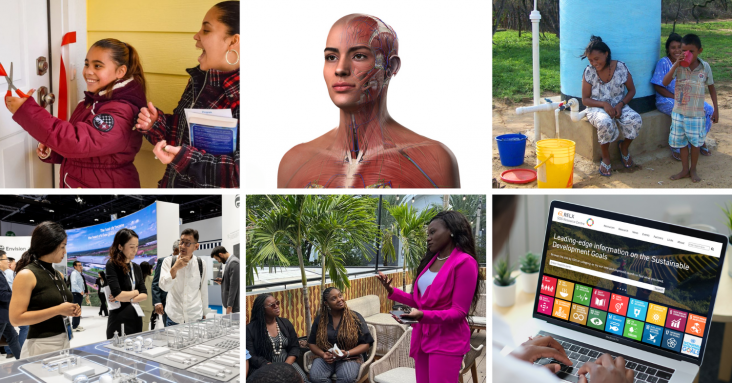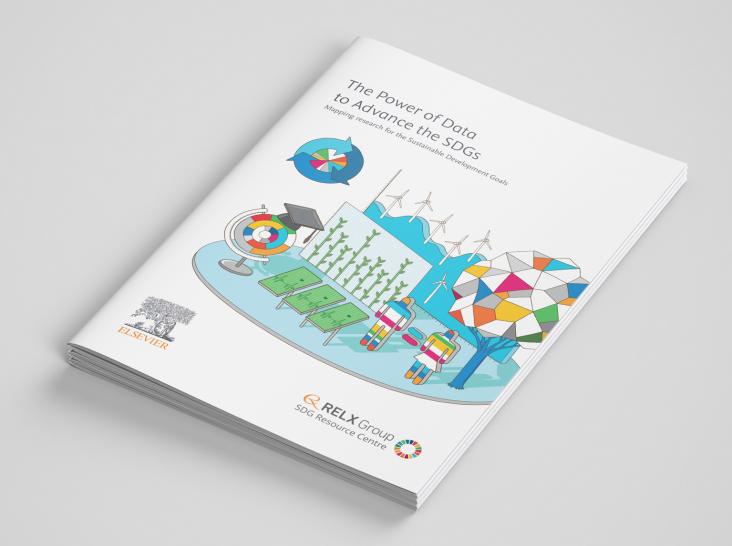
As we pass the halfway point for the SDGs, many of the goals are worryingly off track and progress on 85% of the target indicators has stalled or even reversed. Through our information, products and people, RELX remains committed to advancing the Goals. Here are some of the ways that we continue to support their achievement.

Access to information is critical in achieving the SDGs - empowering the public to make decisions, informing policy making and enabling effective implementation and monitoring. RELX businesses regularly produce and publish free to download reports and analytics that draw upon vast amounts of information and data in support of the SDGs. Explore some of the reports and tools developed to date.
The article discusses the development of improved impact tests and characterization of ice balls to assess the hail resistance of photovoltaic modules, in order to address the increasing frequency and intensity of hailstorms due to climate change
This study used the SBASInSAR technique to measure long time-series land subsidence in and around Ludhiana city, Punjab, India, and found that the southern, south-eastern, and south-central parts of the study area had been consistently subsiding with an accumulative average land subsidence rate of 24.7 mm/yr during the investigation period from September 2019 to July 2022, while the western and eastern parts were moderately affected, and the northern part experienced slight upliftment.
This article ties into SDG 3, 10, and 13 by compiling in a Systematic Review the effects of extreme weather events on access to HIV services
In this paper the authors show how the heterogeneity in cities means that individual cities need specific low-carbon roadmaps, rather than a one-size-fits-all approach
The study underscores the importance of understanding VOC emissions from flame retardant industrial parks to address potential carcinogenic risks and formulate effective reduction strategies, contributing to both Sustainable Development Goal 3 (Good Health and Well-being) and SDG 11 (Sustainable Cities and Communities).
The paper outlines how we may advances in observational technologies with developments in water quality modelling to integrate simulation of eutrophication impacts with organic matter dynamics and fate of synthetic toxic compounds.
As climate change worsens, it will increasingly impact the water-energy nexus (water power for electricity, water to cool fossil energy generation, energy for irrigation...). This One Earth Research Article uses climate analog cities, i.e. cities that are currently experiencing the climatic conditions expected in the future for a given city, to explore how future water/energy demands might change. The results are relevant for planning climate adaption (SDG 13) for more sustainable cities (SDG 11).
This article explores the role of community proactivity in advancing sustainable futures and its impact on community development, with a focus on the sustainability planning process in Vytina County, Greece. The authors employ a bottom-up planning process and a mixed-methods approach to assess proactivity and resistance to change, highlighting the significance of proactivity in achieving sustainable development and its role in shaping communities' futures.
